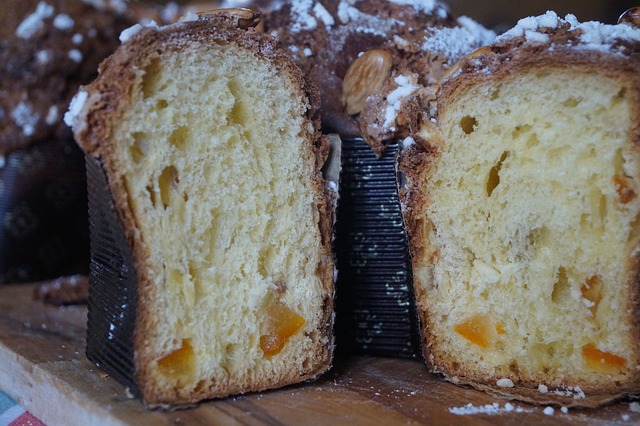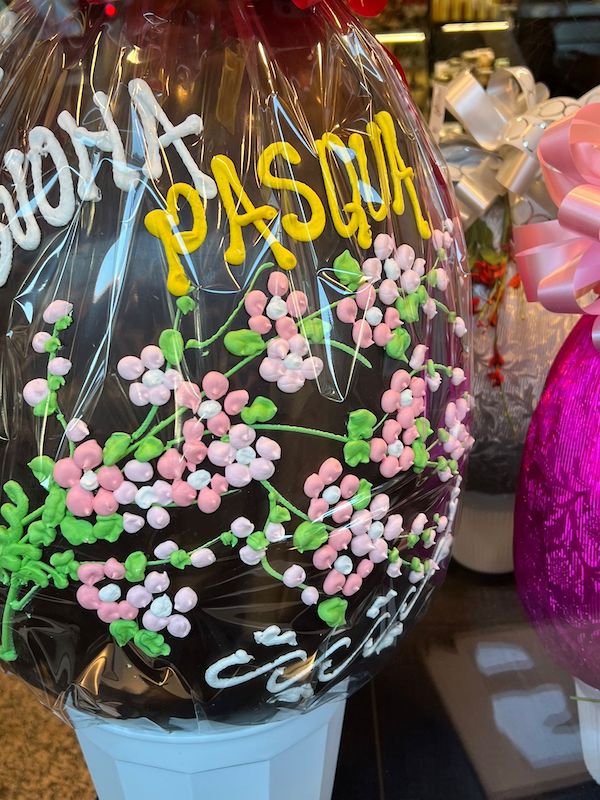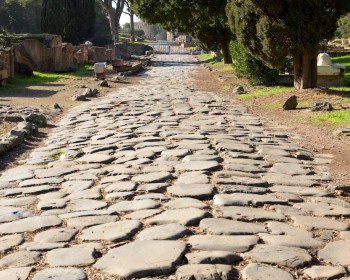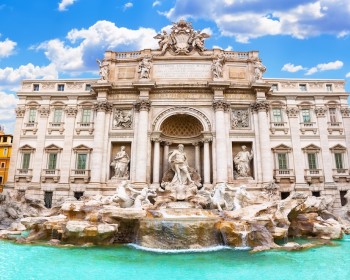Every year, just before Easter, around 30 million chocolate eggs and 25 million Colombe are sold in Italy, according to estimates by Codacons. Unlike Colombe, which is a typically Italian sweet, however, chocolate eggs are an Easter tradition that is widespread in many countries around the world.
However, do you know the history of these two traditional Easter sweets?
The history of the Colomba: a tradional Easter Sweet cake
According to tradition, the Easter dove is a Lombard dessert. It is said that around 610, in Pavia, Queen Theodolinda hosted a group of Irish pilgrims led by Saint Columbanus. The queen offered the guests wild meats and rich libations, but the saint declined because it was the period of Lent. Theodolinda and her husband interpreted the refusal as a personal offense and it was then that Columbanus, blessing the bush meat, transformed it into white doves of bread.

The ingredients are very simple, but the procedure is laborious: three main steps, a strict order of ingredients and more than 20 hours of total rising time.
But what made the dove spread to the tables of all Italians?
Thanks to Dino Villani, advertising director of the Milanese company Motta, already famous for its Christmas panettone, who, in the 1930s, in order to benefit from the same machinery and the same dough, created a cake similar to the panettone, but intended for the Easter holidays. The recipe was then taken up by Angelo Vergani who in 1944 founded Vergani srl, a company in Milan that still produces doves today.
But let's move on to the children's favorite tradition, Easter eggs.
The history of Easter Eggs

The custom of giving chocolate eggs as gifts around this holiday was already widespread in 19th century France and Germany and from there it spread to the rest of Europe.
However, the very first chocolate eggs date back to the court of the Sun King, while the symbolic and religious association between eggs and Easter - the egg being a symbol of the union between earth and sky - has much older origins, dating back to the dawn of Christianity and, according to some, to earlier Jewish and pagan traditions. The ancient Persians used to give each other rudimentary decorated eggs to celebrate the change of seasons and the arrival of spring.
This tradition spread everywhere, particularly to England, under King Edward I, and under the Zar in Russia, where the creations of goldsmith Peter Carl Fabregé became famous. The birth of the chocolate egg, finally, was thanks to the Dutch pastry chef Van Hauten, who in 1828 invented a concave mold to allow the creation of thin eggs, empty inside so that a small surprise could be inserted.
Today, chocolate Easter eggs are one of the most eagerly awaited Easter treats.
So what are you waiting for? Join us for a Rome Tour, the only way to fully appreciate these delicacies is to try them all!












